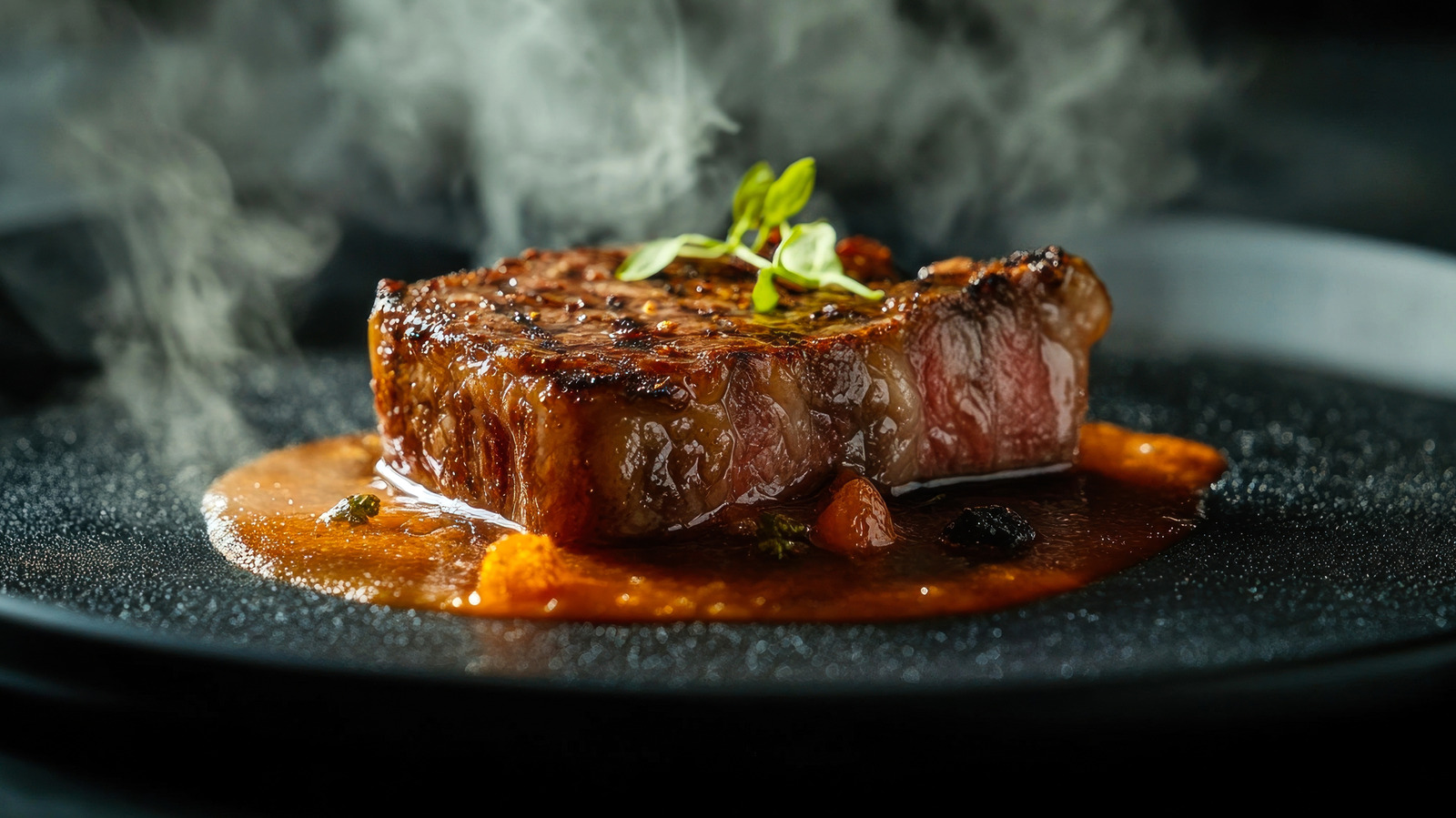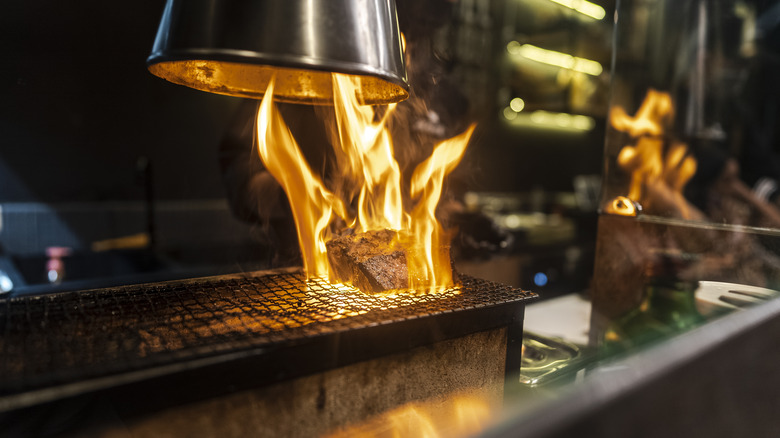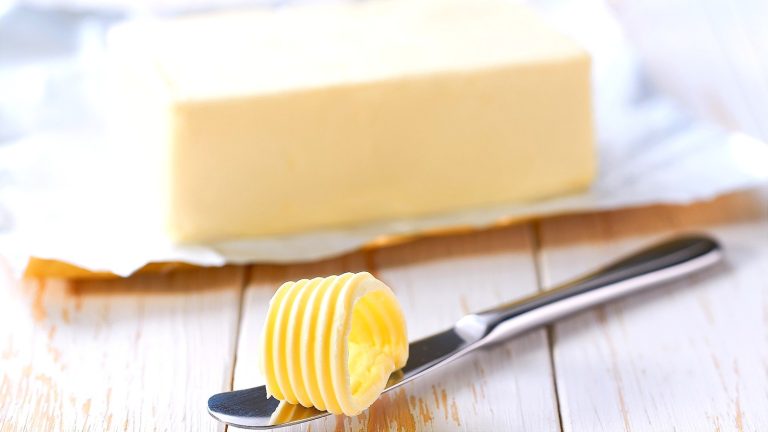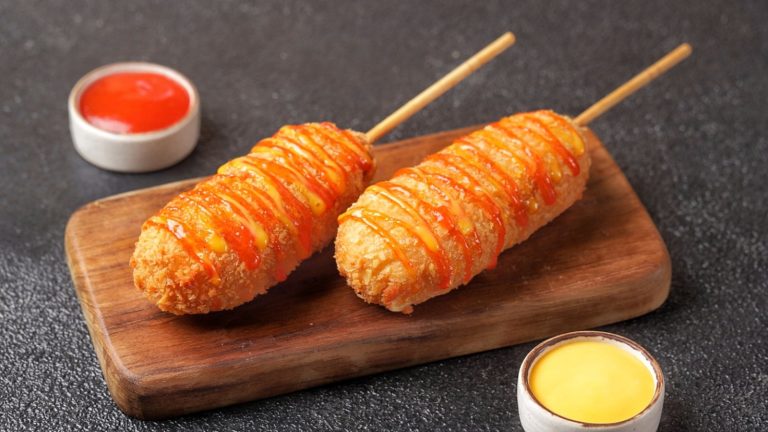Whether you’re dining at the oldest steakhouses in America or an up-and-coming joint that just opened, most fine steakhouses have at least one thing in common you’ll notice immediately: the prices. We spoke with Kathleen Smith, home cooking expert and recipe developer at Gonna Want Seconds, to find out why exactly steakhouse dining breaks the bank.
“It’s not just about the meat,” says Smith. “High-grade cuts come at a premium, but you’re also paying for sourcing, expert handling, and skilled, experienced preparation. When you add in a well-trained kitchen staff, polished and professional front-of-house service, and a carefully curated dining atmosphere, and it all contributes to the final price.” Even if you don’t order one of the rarest types of steak in the world, you’re still paying for the time and expertise of staff who have spent years perfecting their skills, from the host to the executive chef. That experience, coupled with premium dishes, doesn’t come cheap — but it does make for an unforgettable dinner.
“It’s the full experience, from the ranch to your plate,” Smith says. Dining establishments at the level of a fine steakhouse don’t just offer food. Every last detail, from the wood of the grill to the material in your napkin, is carefully curated to synergize in a way that enhances every aspect of your meal. Still, the cooking methods are the stars of the show and should be the first thing you notice.
What kind of cooking methods are you really paying for?
Kathleen Smith reminds us that while atmosphere matters when you’re paying $70 or more for a steak, everyone knows you’re there for the meat itself. When a restaurant works with high-quality meat, it must use equally high-quality tools and techniques to maximize its potential and deliver the best experience possible.
“Steakhouses often use specialized equipment like infrared broilers or hardwood grills that most home cooks don’t have,” Smith tells us. “They also take great care with techniques like dry-aging, precise searing, and proper resting. All of this delivers steaks with exceptional flavor and tenderness.” The tools alone — from infrared broilers to high-quality meat thermometers (the kind you can’t buy on Amazon) — can collectively cost tens of thousands of dollars. Factor in an arsenal of top-of-the-line pots and pans, knives, and everything else required to run a kitchen, and the production costs start to skyrocket.
That’s not even to mention the time and expertise of the cooks themselves. Take a dry-aged ribeye, for example. You aren’t just paying for them to slap a hunk of meat on a grill. You’re paying for them to develop connections with suppliers, analyze and pick out whole roasts, spend a month carefully evaluating the beef as it ages, and store it in the kitchen — all before it even touches a cutting board. That time and attention to detail is as much responsible for your steak’s flavor as the seasoning, tools, and technique used in its preparation.






